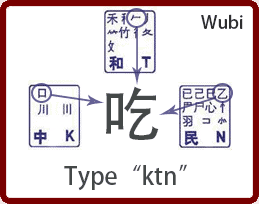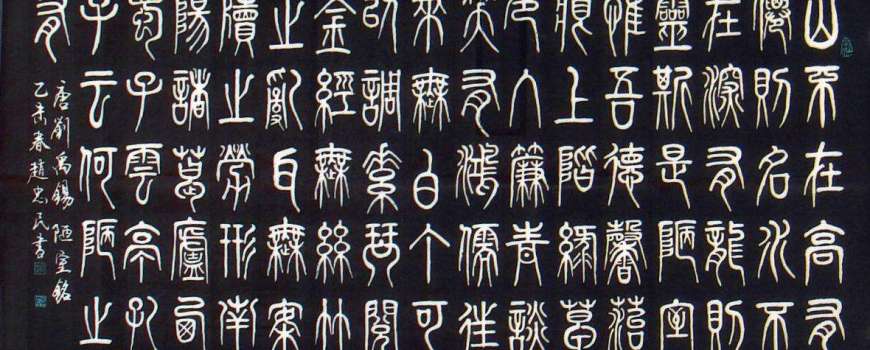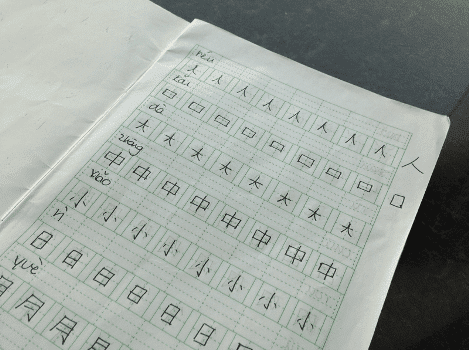Need A Nciku Alternative?
Written by Hollie at WrittenChinese.Com So you may have read recently that the popular English-Chinese dictionary, Nciku was taken offline. Regular users are now redirected to Line Dictionary; a ‘fresh start’ for Nciku. Sadly though, people moving to Line will find many of the functions that they loved about Nciku are now gone. Perhaps finding… Read More





